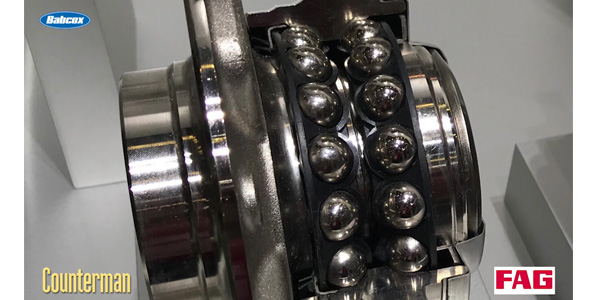This video is sponsored by FAG.
When we talk about the basic types of wheel bearings, we use the term roller bearing to describe any bearing that contain rolling elements. While roller bearings come in many different designs, they all share the same basic construction. There’s an inner ring and an outer ring, with the rolling elements situated between them. The rolling elements roll in grooves called “races,” and a cage ensures that the rolling elements stay in position.
Some of the different types of roller elements include balls, cylindrical rollers, needle rollers, tapered rollers and barrel rollers.
Most automotive wheel bearings are one of two basic designs: ball bearings or tapered roller bearings. Each type of bearing has pros and cons, depending on the application.
Generally you’ll find ball bearings in passenger cars. These low-friction bearings are suitable for high engine speeds. However, because of their high surface pressure, ball bearings don’t handle severe side loads as well as tapered bearings.
Tapered roller bearings typically are used in commercial vehicles, or vehicles that are subjected to higher side loading. That’s because of their ability to absorb high radial forces, thanks to the large contact area of the rolling elements in the races. However, tapered roller bearings aren’t suitable for high engine speeds.
In the next video, we’ll take a look at how wheel-bearing technology has evolved over the years.











